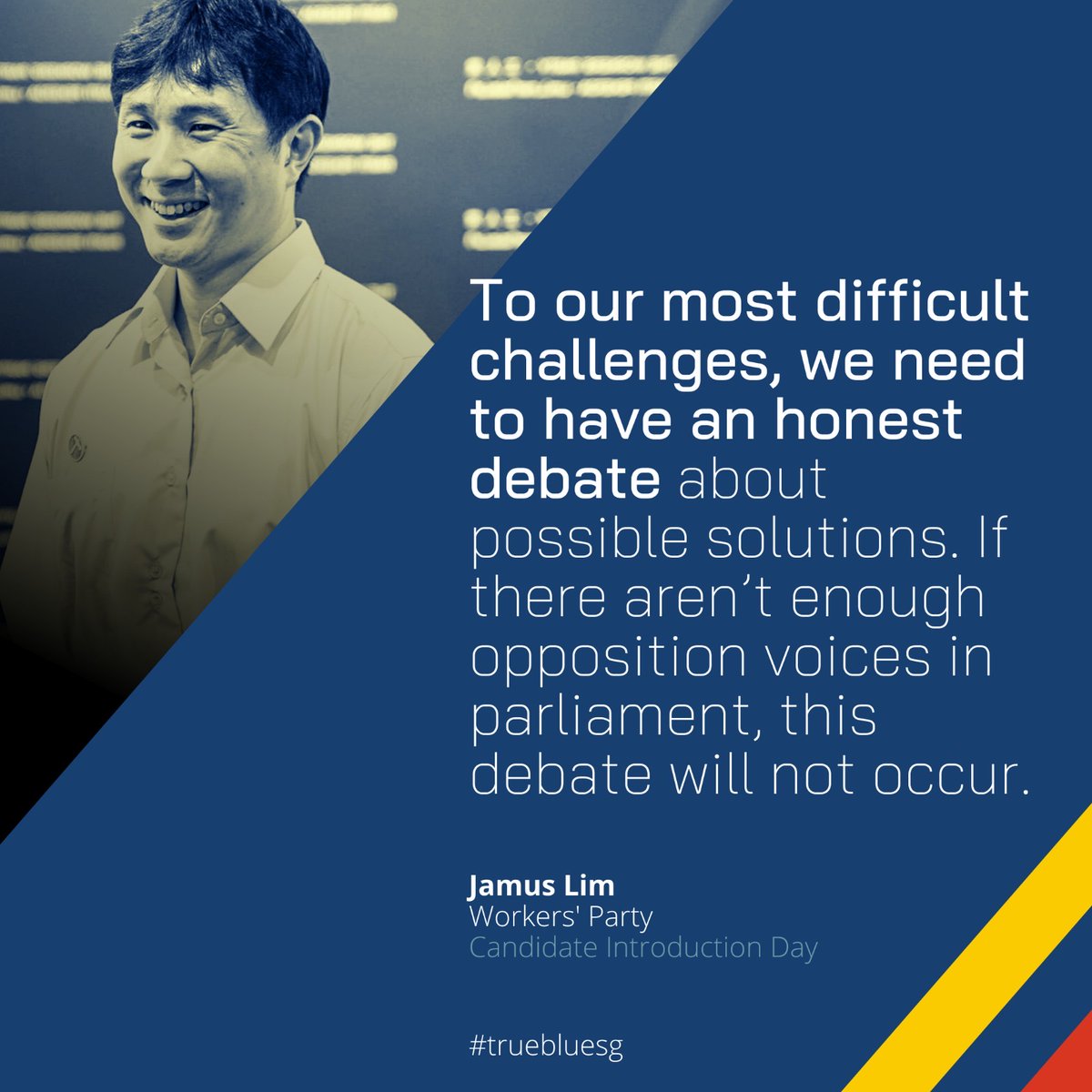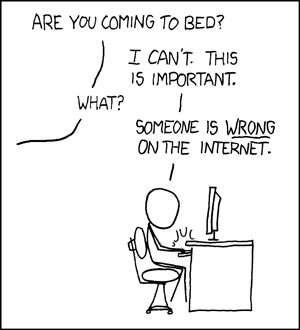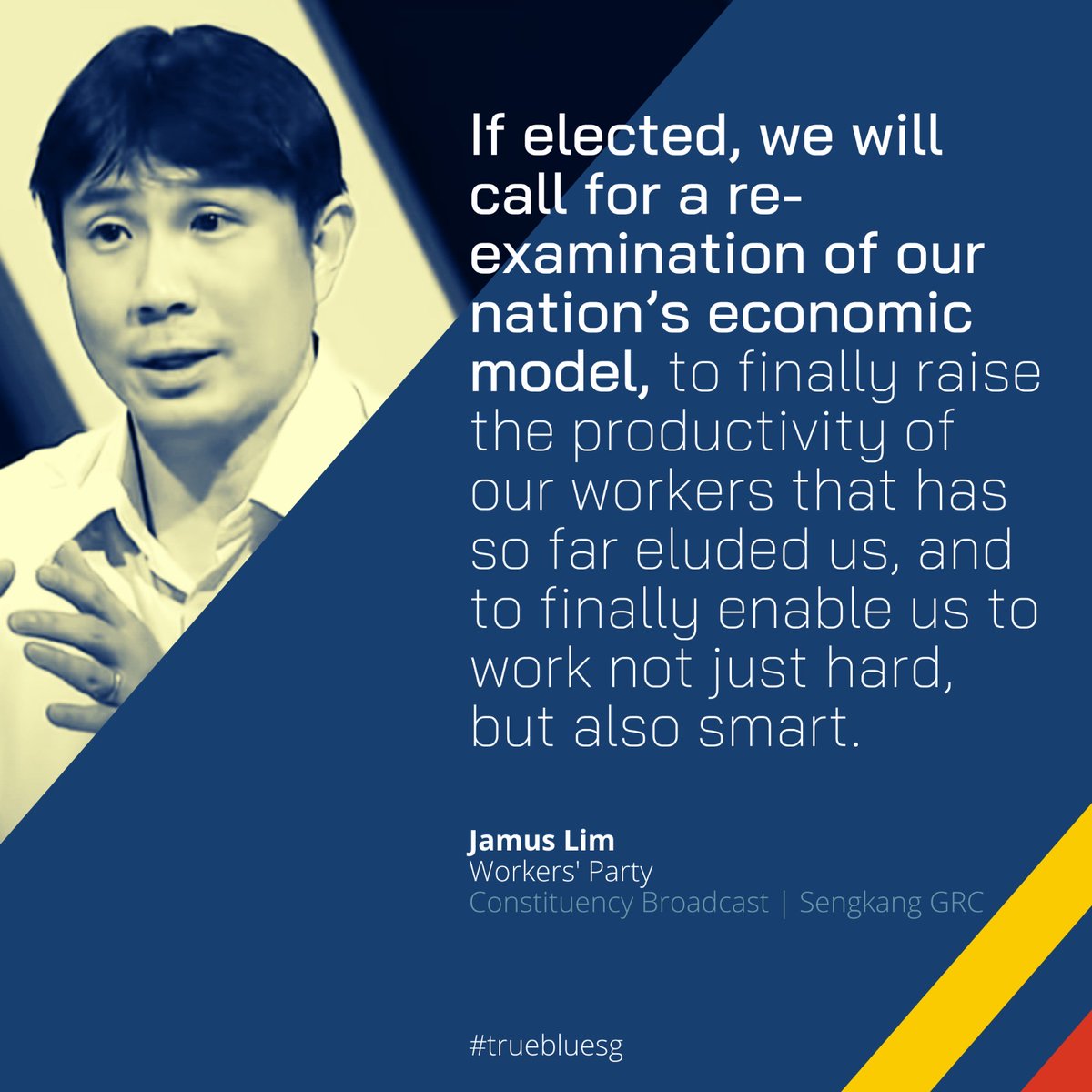
Working in a research-focused
institution, one becomes keenly aware of the importance of innovation as a driver of technology and productivity, which in turn is a source of growth and development. (1/n)
institution, one becomes keenly aware of the importance of innovation as a driver of technology and productivity, which in turn is a source of growth and development. (1/n)

Indeed, economists widely acknowledge that sustained, long-run growth is only possible with technological improvements. This is the case with old-school (Solow-style) growth models, as well as newer (Romer-type) “endogenous” growth models. (2/n)
But by the same token, economists know remarkably little about what gives rise to innovation. Ideas, of course, but the field is largely silent about the generation of new ideas (other than assuming that they may arrive via some random process). (3/n)
Interestingly, the field of business has a little more to say about types of innovations that matter. Depending on the technology and the market (existing vs new), we can classify innovation into different modes (like all biz school models, it’s a 2x2 matrix). (4/n) 

Every innovator’s dream is to hatch ideas that both new markets and technologies (“radical” innovation). But a lot of innovation may be more “incremental” in nature, while many recent innovations fall more into the “disruptive” category. (5/n)
Regardless of what type of innovation one begets, they generally derive from the dedication of resources, both in time as well as money. The latter is measured by a country’s national expenditure in research and development (R&D). (6/n)
Alas, as a nation, Singapore underinvests in R&D; we spend about 2 percent of GDP. This is lower than the global average (2.3), and significantly behind leading innovation nations like Denmark (3), Israel (5), Japan (3.2), Korea (4.8), and Sweden (3.3). (7/n) 

Part of the problem is underinvestment by our private sector. Our public R&D, at 0.7 percent, does lag that of, say, Sweden/Denmark (around 1), but not as significantly. So the trick is to figure out how to catalyze business R&D. (8/n)
In my cut for the MTI yesterday, the #workersparty called on the government to target higher R&D expenditures in GDP (I think a 50 percent increase brings us closer to a tech-frontier nation like Japan), deriving—and this is key—from both public and private sources. (9/n)
In his response to my cut on R&D for the MTI, Minister Chan expressed his belief that public R&D spending should “crowd in” the private sector, rather than simply rely on more government financing. (10/n)
His belief is that government can best do so by focusing on upstream R&D (the “research” element), leaving firms to deal with the downstream bits (the “development” piece). I find little here to disagree with. (11/n)
But in my view, the government can also do more by expanding the scope where funding is considered (beyond ICT and biopharma), being more flexible with qualification criteria for grantees, and foster an innovative mindset in our SMEs. (12/n)
We can also foster a research ecosystem that goes beyond tech/biotech excellence. A big part of that is to encourage a culture of active inquiry, debate, and openness to alternative views. That extends, of course, to political/policy space. #makingyourvotecount (n/n)
• • •
Missing some Tweet in this thread? You can try to
force a refresh









